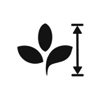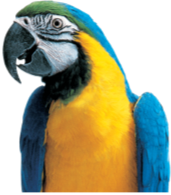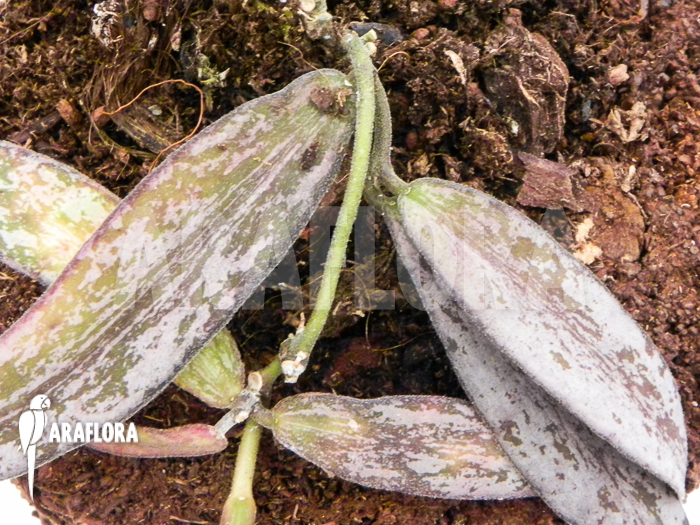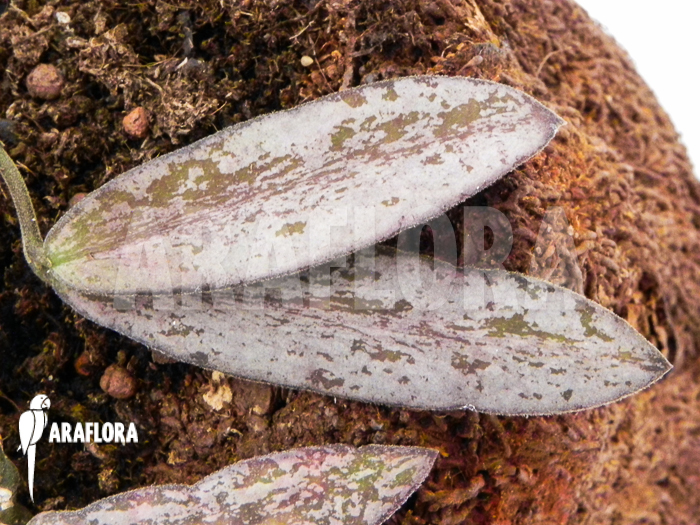Hoya hasseltii - Hoya113
Hoya hasseltii - Hoya113
This highly attractive plant originally comes from the Indonesian island of Java where it usually grows in trees. Hoya hasseltii has long hanging leaf stems and elongated, oblong leaves with silver streaks, highlighted by underlying shades of purple. When it blooms, Hoya hasseltii produces a highly distinctive umbrella-shaped cluster of flowers.
Currently not in stock
€ 0,00
Keep me up to date?
Araflora will inform you as soon as the product is available again. Please fill in your e-mail address and we will let you know as soon as the product is back in stock. You will get an e-mail message when the product is available again. Unfortunately we cannot say how long this will be or what the price is likely to be.

Receive an e-mail when new stock of this plant arrives.
Share this plant? Press on one of the following icons.
Hoya hasseltii is a species from the tropics where it grows as an epiphyte on plants and trees. Its hanging leaf stems can be as long as 75 cm. They bear striking silver-flecked leaves with an underlying colour ranging from green to purple. Hoya hasseltii produces numerous vanilla-coloured flowers on the end of a robust flower stalk, resembling an umbrella or protective shield.


Many growers know Hoya hasseltii as an extremely sturdy, virtually indestructible plant. Normal room temperature is fine, but it will respond better if the daytime temperature is slightly higher. It needs to be in position with ample sunlight such as close to a window. A good way of encouraging the plant to flower is to reduce the temperature in the evening. Hoya hasseltii is best grown in a hanging pot so that its long stems have plenty room to grow. A mixture of coconut fibre and peat makes for the best potting mixture. These items and other requisites can be ordered in the “Plant accessories” section. Water the plant when the surface of the potting mixture appears to be drying out. Add fertiliser to the water once every two weeks to make the plant grow more quickly. Pruning is in order, but preferably with sterilised shears or secateurs in order to prevent the spread of disease.







 8 cm
8 cm
 4 cm
4 cm












